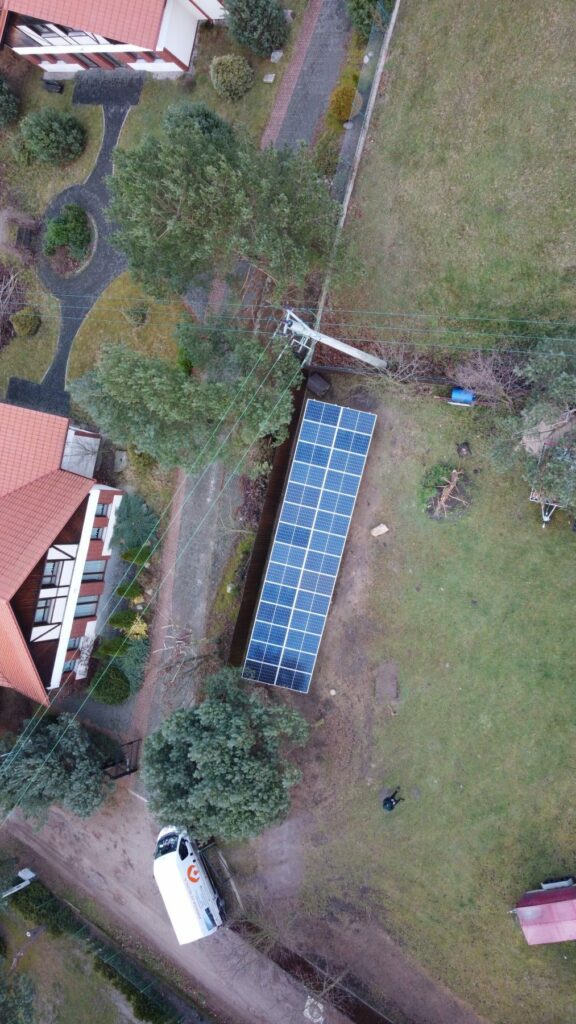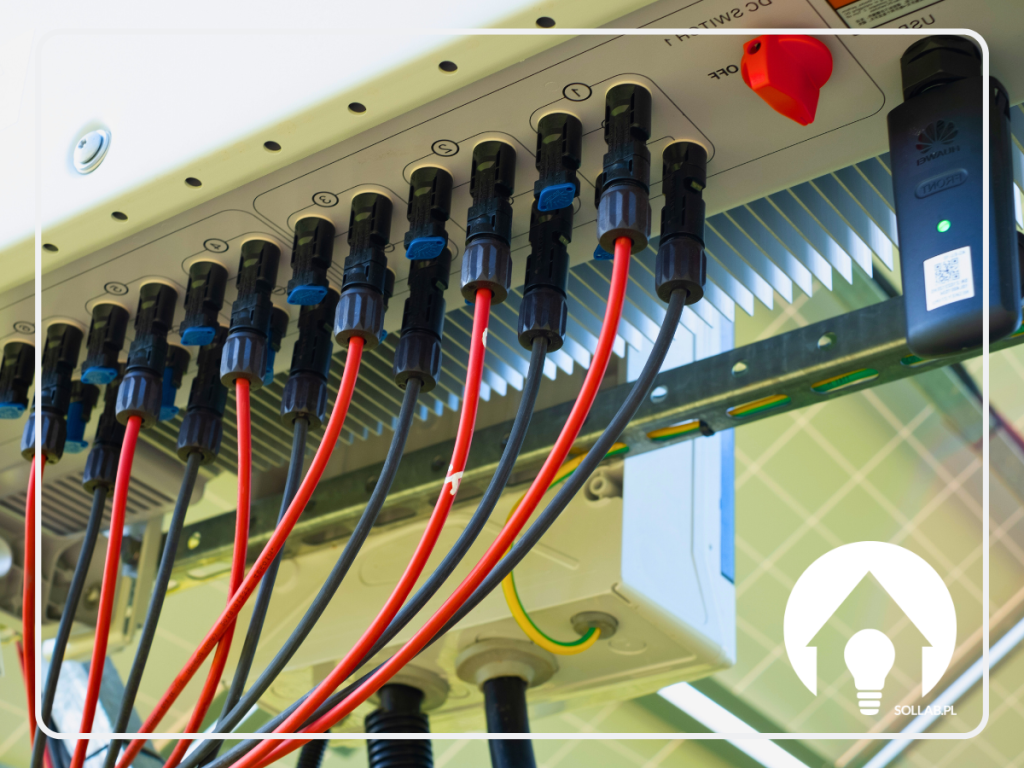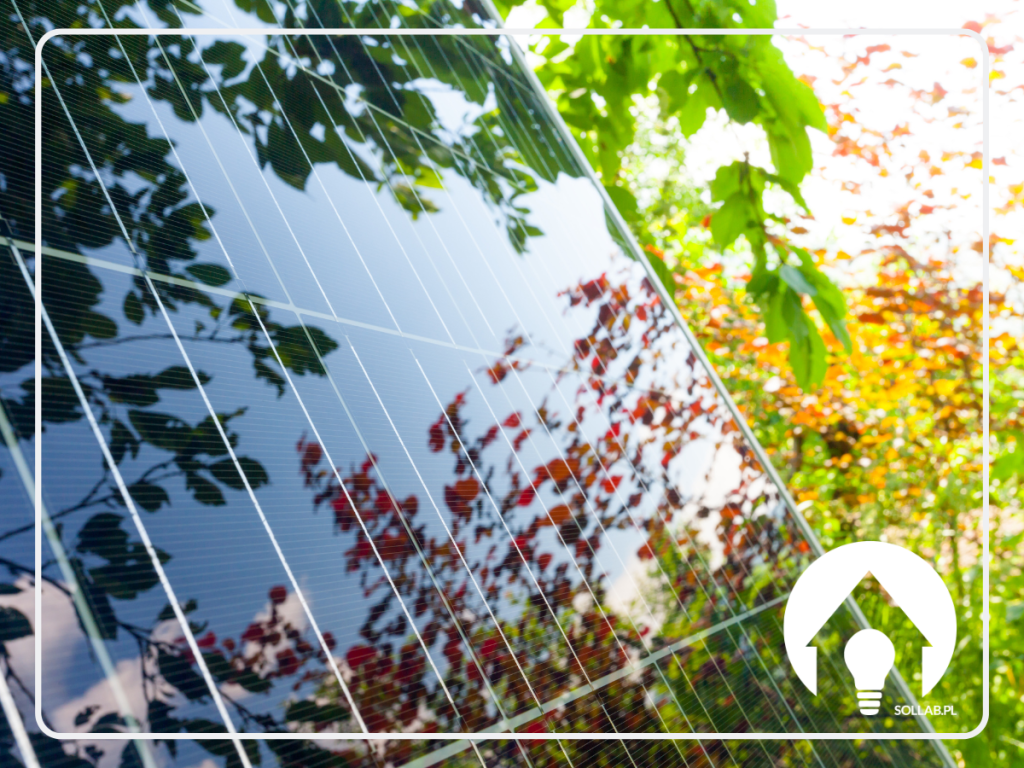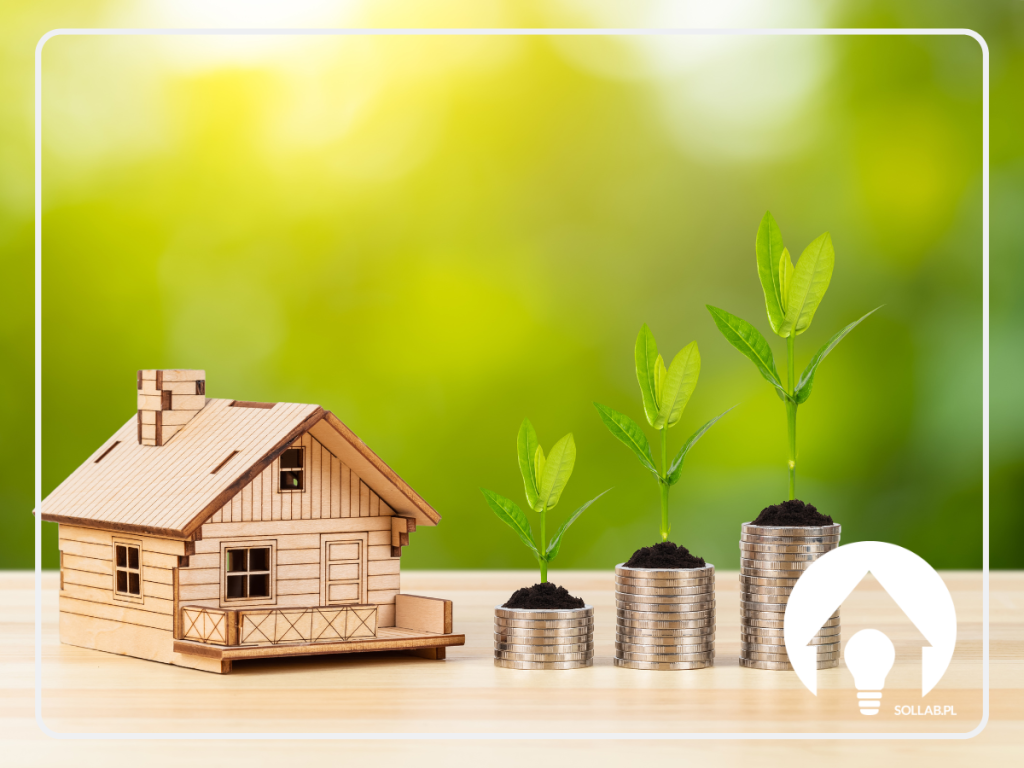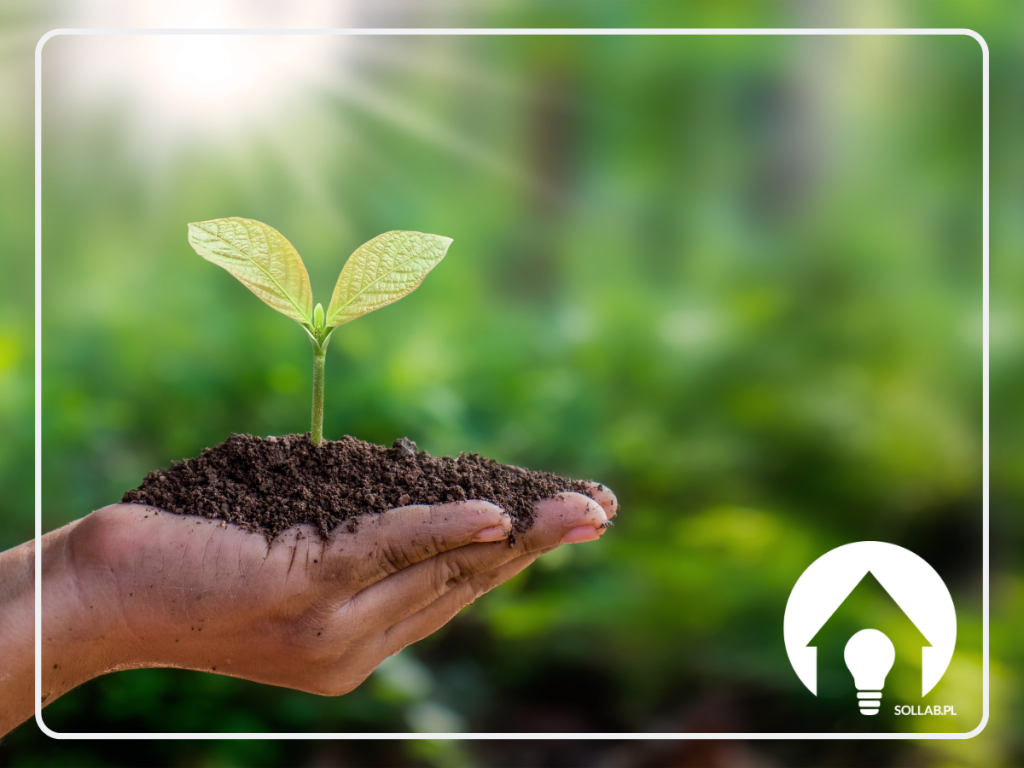People interested in investing in photovoltaics are usually laymen in this field. This is linked to the fact that when they walk into a photovoltaic shop or browse the offers on the Internet, they do not have enough knowledge to know what is the difference between the panels on display. Without knowing the characteristics and specifications to look out for, it is impossible to choose the right panels. Unfortunately, in many places, sellers repeat the same platitudes: guarantee, best performance, high durability... How do you find your way through this jungle of information? In today's article, we will try to present the most important news about photovoltaic panels that can ultimately influence your decision.
What to look for when choosing photovoltaic panels?
Firstly, durability. The greater, the better. The panel should be certified so that we have confirmation of the information that the vendors are giving us. PV modules should be able to withstand weather phenomena suitable for the climate.
In the case of Poland, these include wind, hail and snow, as well as lightning. In the case of wind, we should be confident that the solar panels can withstand winds of up to around 120-150km/h. It is important to remember that these figures are variable and we cannot take them for granted.
The best quality panels should also be able to withstand possible hailstorms. This involves above all resistant to hailstones of different diameters and speeds. The right photovoltaic panels can withstand really strong impacts. If you are aware that you live in a region where hailstorms are frequent - bear this in mind when purchasing.
Even a metre-thick layer of snow should not be an obstacle to a well-functioning solar panel. However, it is known that this will significantly reduce the performance of the modules. To prevent such a situation install the panels at an angle that allows most of the rain to run off.
Arrangement of silicon wafers on a photovoltaic panel
One point worth noting when looking at photovoltaic panels yourself is to look closely at the silicon wafers. First and foremost, they should adhere perfectly to the sealable film. In a situation where something is sticking out or part of the silicon is damaged, we can be sure that the cell is not working properly. The whole should fit together snugly and be evenly distributed. Details matter - contamination between the glass and the cell can significantly reduce performance. This is due to the cell being shaded where the contamination is located.
Certificates - what should we know?
Check which company has tested the panel you are interested in. In some cases, these are companies that have been testing solar panels for a couple of years. This is the basis for thinking that the tests are carried out reliably and we can trust them. There is also a register of certification bodies - if a company is on there, we can be sure that the tests have been carried out correctly, with attention to detail.
What to look out for when choosing solar panels?
The list of such things is extensive. We will try to list a few of them. The most important aspect is to pay attention to whether the panels have been installed with attention to detail. Also, if there is any damage, even minor, on the panel that concerns you - inform the people who installed the panels. The protective film on the panels can become delaminated - it can simply peel off. The consequences can be severe, damaged cells where moisture will start to enter. The result is predictable - a reduction in panel performance.
